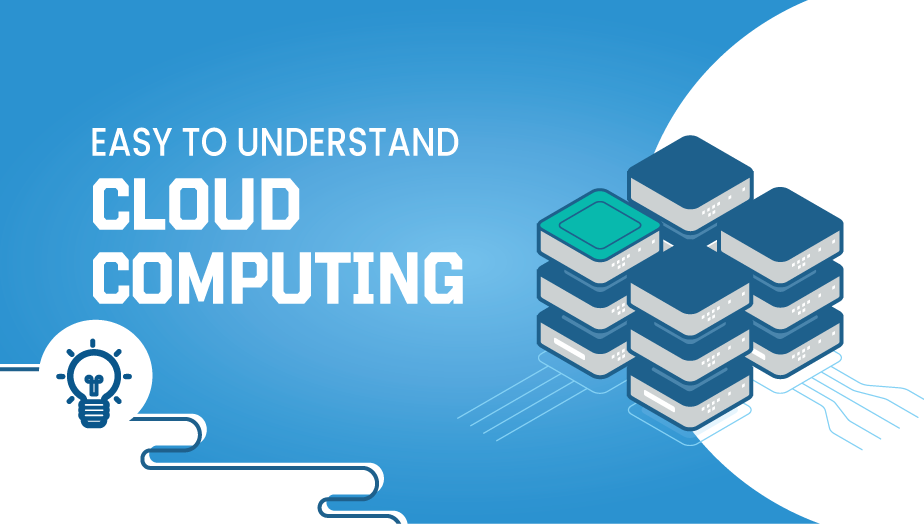Cloud computing has revolutionized the way businesses and individuals store, manage, and access data and applications. In this guide, we will explore the concept of cloud computing, its benefits, and how to implement it effectively.

1. What is Cloud Computing?
Cloud computing refers to the delivery of computing services over the internet. Instead of relying on local servers or personal devices, users can access resources such as storage, servers, and software through the internet on a pay-as-you-go basis.
2. Benefits of Cloud Computing:
a. Scalability: Cloud computing allows for flexible resource allocation, enabling businesses to easily scale up or down based on their needs without significant infrastructure changes.
b. Cost Efficiency: Cloud services eliminate the need for upfront hardware and software investments, reducing capital expenses. Users only pay for the resources they consume, leading to cost savings.
c. Accessibility: With cloud computing, data and applications can be accessed from anywhere with an internet connection, enabling remote work and collaboration.
d. Reliability and Redundancy: Cloud providers ensure high availability and redundancy, minimizing the risk of data loss and service disruptions.
e. Security: Cloud providers implement robust security measures, including data encryption, access controls, and regular security updates, enhancing data protection.
3. Types of Cloud Computing Services:
a. Infrastructure as a Service (IaaS): Provides virtualized computing resources such as virtual machines, storage, and networks, allowing users to build and manage their own applications and environments.
b. Platform as a Service (PaaS): Offers a platform with preconfigured infrastructure, allowing users to develop, deploy, and manage applications without worrying about underlying infrastructure details.
c. Software as a Service (SaaS): Delivers fully functional applications over the internet, enabling users to access and use software without the need for installation or maintenance.
4. Cloud Deployment Models:
a. Public Cloud: Services are provided by third-party cloud providers and shared among multiple organizations or individuals.
b. Private Cloud: Services are dedicated to a single organization and can be hosted on-premises or by a third-party provider. It offers more control and customization options but requires higher initial investment.
c. Hybrid Cloud: Combines both public and private cloud infrastructure, allowing organizations to leverage the benefits of both while maintaining control over sensitive data.
5. Implementing Cloud Computing:
a. Assess your needs: Determine which applications and workloads are suitable for migration to the cloud. Consider factors like data security, compliance requirements, and performance needs.
b. Choose a cloud provider: Research reputable cloud providers based on your requirements, considering factors such as reliability, security measures, pricing models, and customer support.
c. Plan migration strategy: Develop a migration plan, considering factors like data transfer, application dependencies, and downtime management.
d. Data migration: Transfer data to the cloud using secure methods, ensuring data integrity and considering factors like bandwidth limitations and network latency.
e. Application migration: Reconfigure or rewrite applications to run efficiently in the cloud environment, considering scalability, performance, and compatibility with cloud services.
f. Security and governance: Implement appropriate security measures, including access controls, encryption, and regular backups. Establish governance policies to ensure compliance and data privacy.
Conclusion:
Cloud computing offers numerous benefits, including scalability, cost efficiency, accessibility, reliability, and security. By understanding the types of cloud services, deployment models, and following a strategic implementation process, businesses and individuals can effectively harness the power of cloud computing. Assess your needs, choose a reliable cloud provider, plan migration strategies, ensure data and application integrity, and establish robust security measures to optimize your cloud computing experience. Embrace cloud computing to unlock the potential for agility, innovation, and operational efficiency in your digital journey.